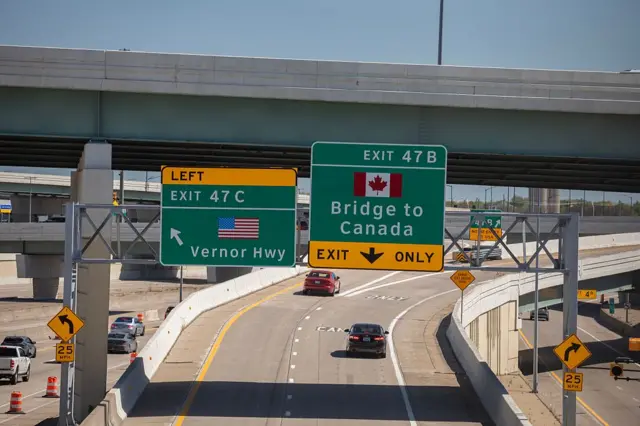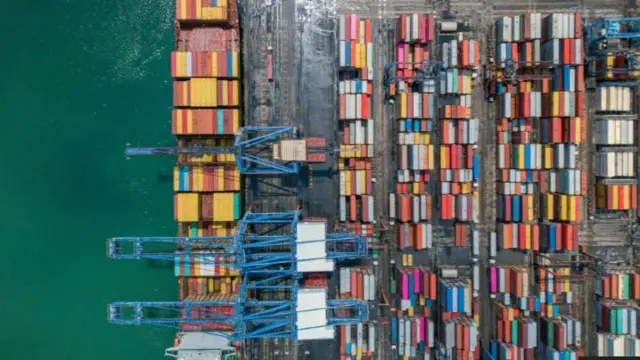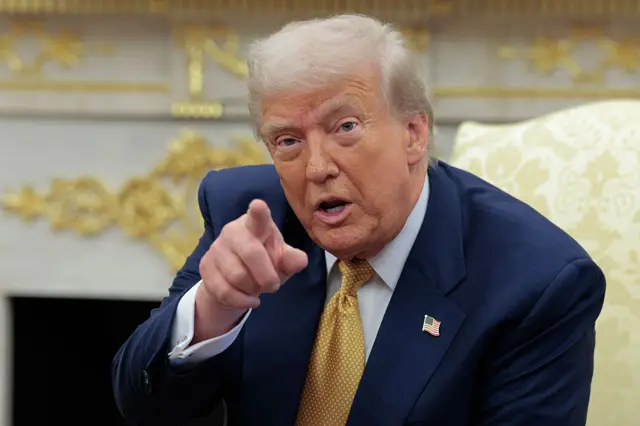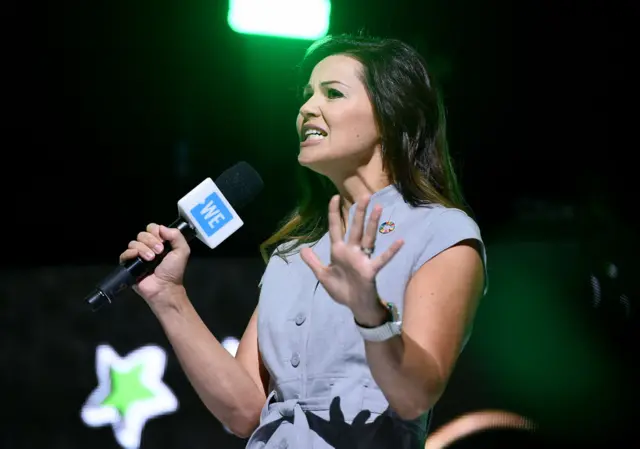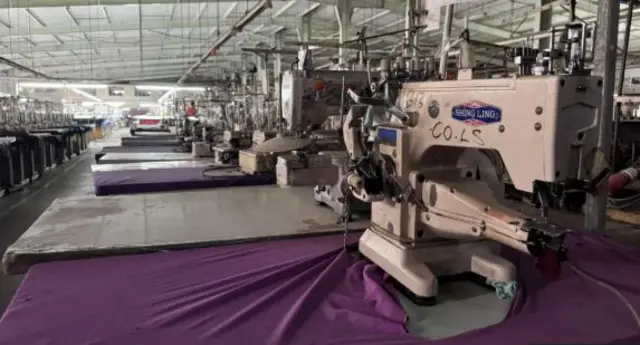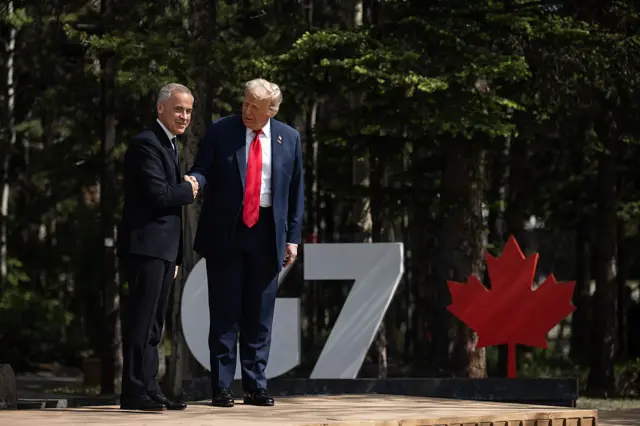Canada's 35% rate comes into effectpublished at 05:00 BST 1 AugustBreaking
The 35% tariff rate imposed on Canada has now kicked in - and the 1 August deadline to strike a deal with Washington has passed.
For the remaining more than 70 countries however, the new tariff rates are not due to come into effect now - but on the 7 August, under Trump's latest executive order.
Goods that are loaded onto ships by 7 August and those that are already in transit will also not be affected by the rates if they reach the US before 5 October.
